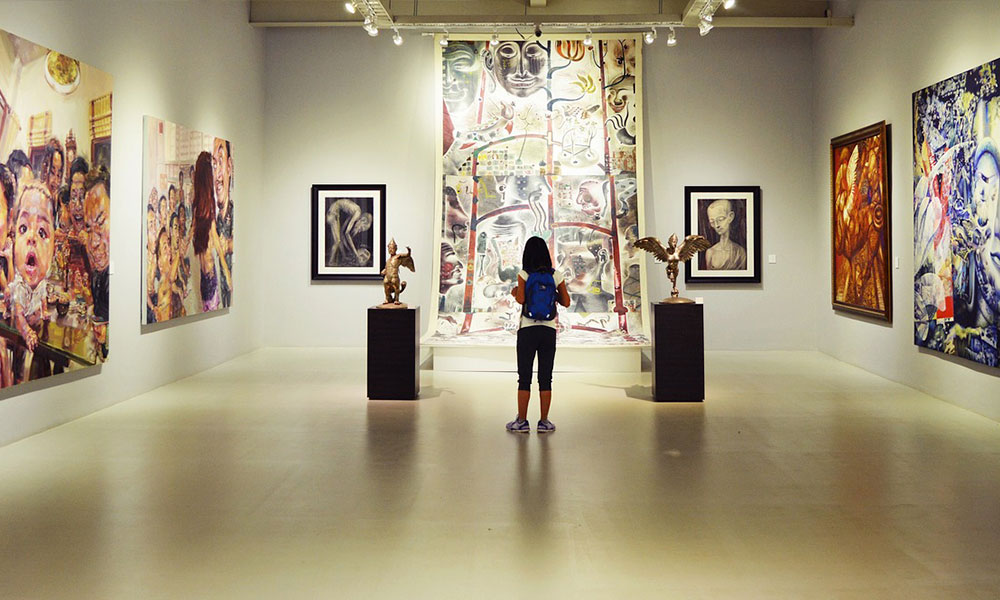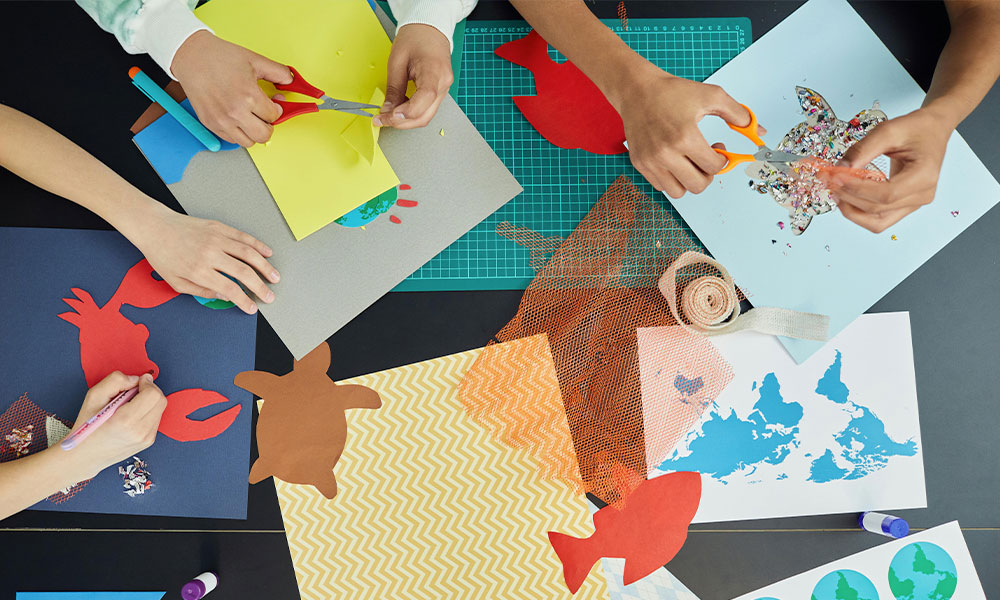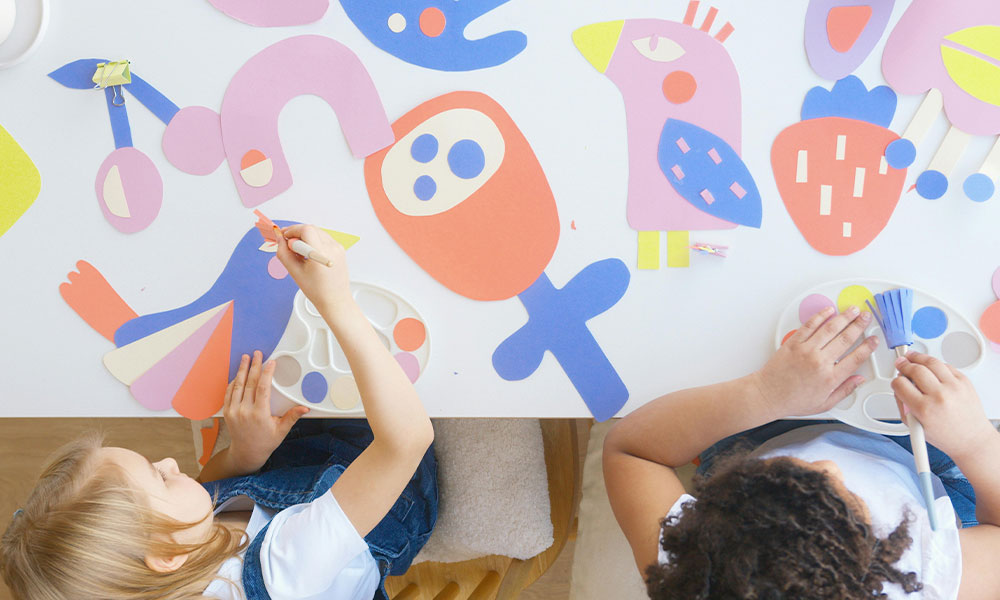Museums should do more than just show art; they also play a civic role, says director of Tel Aviv Museum of Art, who transformed her institution into a place of healing after the October 7 Hamas attack.
First a pandemic, and now a war, have taught Tel Aviv Museum of Art (TAMA) Director Tania Coen-Uzzielli that “a museum has a civic role and not only a role of showing art. As a public institution, we have a duty to share our resources with the public.”
Coen-Uzzielli isn’t just paying lip service to this idea.
Though the museum shut down for about a month in the wake of the deadly Hamas attacks on the Western Negev – and subsequent rockets aimed at Tel Aviv — the large plaza outside TAMA was lent to the Hostages and Missing Families Forum as an exhibition and meeting space expressing hope for the return of all hostages held in Gaza.
TAMA continues providing materials, electricity, restrooms, storage and other services to the volunteers manning the Hostages and Missing Square.
“As a public institution, we feel that we need to be there for them,” says Coen-Uzzielli.\

Well before TAMA reopened in November, volunteers came in to package bilingual “My Gallery” creativity kits designed by the museum’s education department.
The kits were distributed to 60,000 children across the country, including evacuation hotels and Bedouin and other Arab villages “that are suffering from the same rockets we are suffering,” says Coen-Uzzielli.
“We knew that children were at home in their safe rooms under rockets or evacuated from their homes, and they needed something to keep them busy, something for their spirit.”
Not obvious
Born and raised in Italy, Coen-Uzzielli came to TAMA in 2019 after a decade at the Israel Museum in Jerusalem, most recently as head of curatorial services.
Covid hit a year after her arrival. In 2021 there was a conflict with Hamas that spilled over into mixed Arab-Jewish cities and brought rockets on Tel Aviv.
To say that her tenure has been quite a challenge would be an understatement.
“But Covid was a momentous crisis that helped me to understand better our function as a public resource which has other roles and not only in art,” she tells ISRAEL21c.
“Of course art is our first mission, but I believe through art we can say a lot of things. This crisis gave me the opportunity to revisit the role any museum has, not only in Israel. After the war started, we did so many things that are not obvious for a museum.”

TAMA also presented a digital “Safe Space” during the closure, each week focusing on a different work from its collection that could be interpreted anew in light of the current situation.
Connected to reality
Planning for the reopening of the museum, Coen-Uzzielli determined that its activities and exhibitions would not be disconnected from reality.
To every existing exhibition, TAMA’s curators added an extra explanatory text relating the art to the current situation.
An exhibition already in the pipeline before the war, “Shalom Sebba: As a Matter of Fact,” was mounted with a new twist acknowledging the sudden double meaning to be mined from this World War I-era painter’s subjects, including pre-state kibbutz scenes.

“Shmini Atzeret” (the name of the Jewish holiday that took place on that fateful October 7) is a stark, moving expression of the existential angst that many Israelis are feeling.
Put together in just two weeks, the show consists of photographic prints matched to every word of a translated Polish poem (“Time hastens/my time is up/what should I take with me to the other shore/nothing/so is that it mother/yes son that’s it/so that’s all/that’s all/so this is life/yes all of it”), interspersed with items from the museum’s Israeli art collection.


Healing Space
A new initiative at the museum, “Healing Space,” is now beginning a pilot phase.
Fifteen people wounded in the onslaught, about half of them soldiers and half of them survivors of the Supernova rave massacre, will receive 10 art therapy sessions at the museum in collaboration with the national Civil Operations Center and the Israeli Association for Creative Arts Therapies (YAHAT).
If the pilot is well received and additional funds raised, Healing Space could be expanded to other groups of affected Israelis, such as hospital personnel and social workers who have been toiling in overdrive since the start of the war.
“I like to see the museum as multiple spaces where visitors can feel safe to express themselves and find comfort and respite,” says Coen-Uzzielli. “But we didn’t think of the museum before as a healing space. We understood now that we can provide that.”
Because art allows viewers to “hold complexities,” Coen-Uzzielli says, an art museum is ultimately a safe space where people can coexist with conflict. And this is what she and her staff have accomplished at TAMA.
For more information, click here.
Originally posted at israel21c.org

